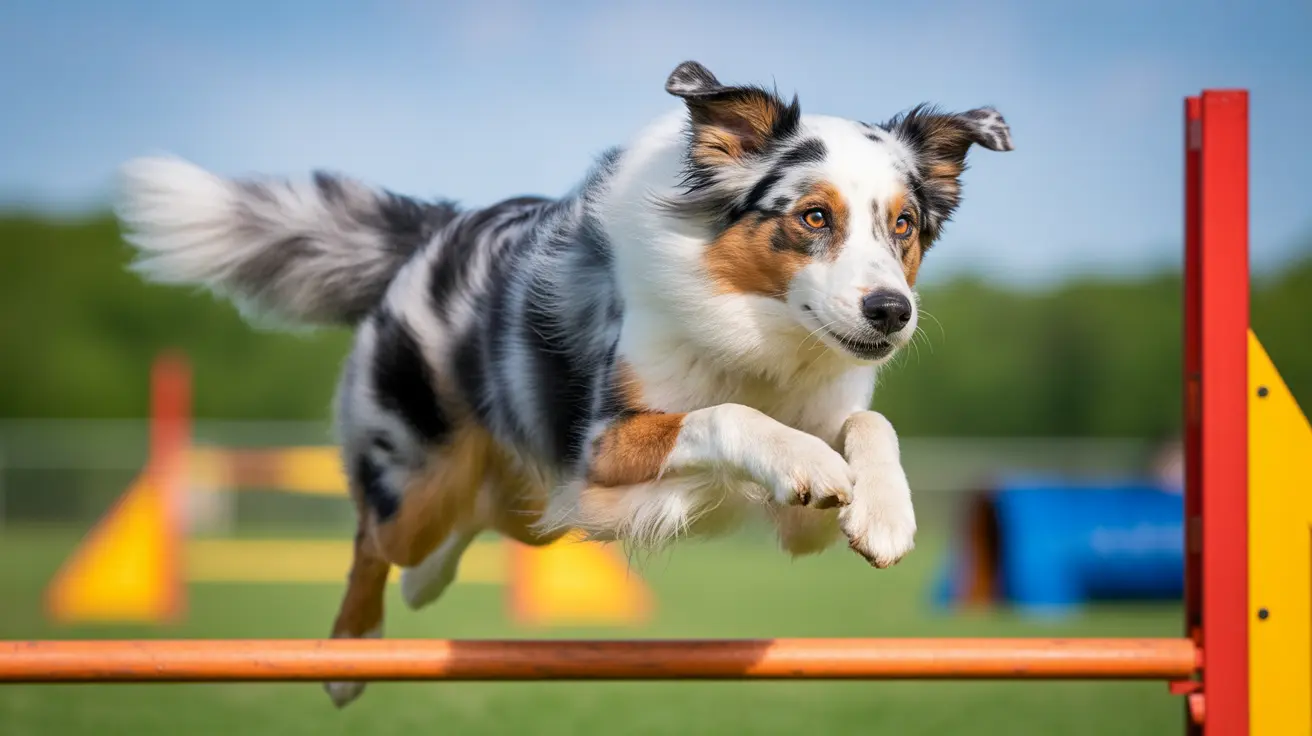Understanding the Aggressive Tendencies of the Spanish Mastiff
The Spanish Mastiff, or Mastín Español, is a powerful and ancient breed that originated in Spain. Bred primarily as a livestock guardian dog, its main role has traditionally been to protect flocks from predators such as wolves. Because of this background, the breed has evolved traits that can be perceived as aggressive, particularly when faced with unfamiliar people or animals. However, it's important to distinguish between protective instincts and outright aggression.
History and Purpose
The Spanish Mastiff has existed for thousands of years. It accompanied Merino sheep across the country during medieval times, using its size and booming bark to deter threats. Its primary function was not to attack, but to serve as a deterrent and defender of herds.
Physical Characteristics
- Height: 28–35 inches at the shoulder
- Weight: 140–220 pounds; males are typically larger
- Coat: Dense, short or semi-long; comes in various colors including black, fawn, and brindle
- Head: Large skull, strong jaws, and loose skin with a pronounced dewlap
Temperament and Behavior
The Spanish Mastiff is generally calm, intelligent, and independent. They are known to be loyal and affectionate with family members, including children, when they have been well-socialized early. Despite their calm demeanor at home, they have a natural propensity to be wary of strangers and extremely protective of property and loved ones.
Some notable behavioral traits:
- Protective instincts: Particularly strong towards perceived threats
- Potential aggression toward unfamiliar dogs: May show dominance unless socialized
- Low tolerance for intruders: Will not hesitate to defend its turf
Training Needs
Because of their large size and dominant personality, Spanish Mastiffs require early socialization and consistent training. First-time dog owners are advised against choosing this breed unless working closely with a professional trainer.
- Training tips for managing aggression:
- Start socialization from puppyhood
- Use positive reinforcement techniques
- Expose the dog to different environments, animals, and people
- Ensure mental and physical stimulation
Environment and Lifestyle
Due to their size and active guarding instincts, these dogs are best suited to homes with fenced yards or rural settings. Apartment living is not ideal. They require about an hour of daily exercise, which can be long walks or free movement in a securely enclosed outdoor space.
Health and Grooming
To keep a Spanish Mastiff happy and healthy, owners must meet specific requirements:
- Grooming: Weekly brushing, more frequent during shedding seasons; occasional bathing; regular ear, dental, and skin care
- Common health issues:
- Hip and elbow dysplasia
- Bloat (gastric dilatation-volvulus)
- Hypothyroidism
- Cardiomyopathy
- Entropion and other eye problems
- Lifespan: 9–12 years
Who Should Own a Spanish Mastiff?
This breed is ideal for:
- Experienced dog owners with a calm, confident demeanor
- Homes with space for roaming and outdoor activity
- Situations requiring livestock protection
In summary, while the Spanish Mastiff’s temperament can be perceived as aggressive, especially without proper socialization and training, this behavior stems from its long-standing role as a guardian. With the right environment and care, they can be well-mannered, devoted companions. Their aggression is not random but purpose-driven—rooted in a protective nature that, when properly managed, makes them reliable and loyal guardians.





